Longest conflicts in history
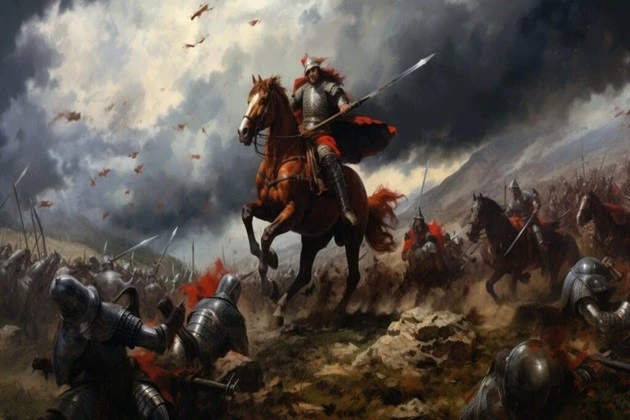
No ruler has ever planned to wage a long war or participate in a protracted conflict. Even if the outcome is successful, this usually proves unprofitable.
But after all, no one can guarantee victory in advance, so defeat after a long confrontation can undermine trust in a certain person and the state system itself. Despite all the possible risks, history has witnessed many military campaigns and conflicts that have lasted decades.
9 longest conflicts in history
1. Anglo-Ashanti wars

The 19th century was an era of complete dominance of the British Crown. The Empire owned colonies in all corners of the world, going as deep into Africa as no one had before.
The Ashanti Federation was located on the territory of modern Ghana, which was on the path of British expansion. From 1823 to 1874, large-scale skirmishes occurred, sometimes becoming a real and protracted war.
Despite the obvious difference in technological development, the Ashanti showed military prowess and fortitude. At the beginning of the campaign, the British forces suffered several defeats.
However, the ending was predictable. The most powerful Empire in the world had just brought even more guns and soldiers. The Federation’s leaders had to sign an act of surrender and accept a protectorate from Britain.
2. Australian Frontier Wars

In 1788, the British navy arrived on the shores of Australia. At first, almost the entire continent was the “border,” but the poorly armed and disorganized local population gradually retreated deep into Australia.
Nevertheless, the struggle continued despite the enormous technological difference. Armies from different eras converged on the battlefield here. During the century and a half of the war, the Aborigines lost 90% of the population. Some ethnic groups, for example, from the island of Tasmania, were destroyed.
3. Crusades
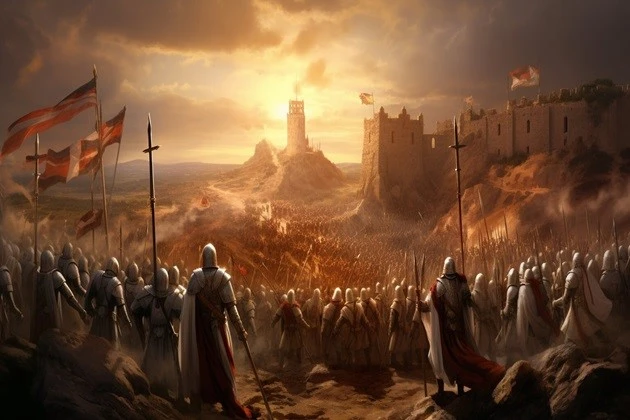
In the 11th century, Islamic armies captured most of the ancient Christian world, losing important regions such as Palestine, Syria, Egypt, and Anatolia. As a response to Muslims’ rapid expansion, some European monarchs began to finance military campaigns, equipping and sending volunteers to retake the Holy Land.
The first Crusades had some success, and independent Christian states appeared in Palestine and Syria. However, these campaigns soon began to be carried out for ostentatious loyalty to the church, for the sake of popularity or, as it would be called today, as a PR campaign.
On the contrary, Muslims’ power only increased and was real, not ostentatious. It all ended at the Ninth Crusade in 1291. Then Acre, the last Christian stronghold in the Islamic world, fell.
4. Eighty Years’ War
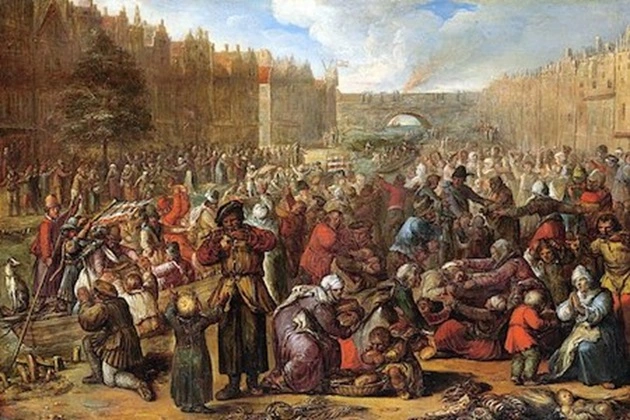
The name speaks for itself. The Spanish Empire and the Dutch Republic had an armed conflict from 1568 to 1648. The religious and political differences that arose caused tension. Dutch Protestants led by William I of Orange rebelled against the rule of Catholic Spain. On the other hand, King Philip II of Spain continued to adhere to repressive and discriminatory policies.
Soon, most of continental Europe was somehow involved in the conflict. The Spanish Empire began to lose its earlier successes after France took the Dutch side. Both sides could only win a decisive victory.
It all ended with the Peace of Munster in 1648. The winner was Europe, which was not directly affected by the war. People there have received broader religious and political freedoms.
5. Great beaver War
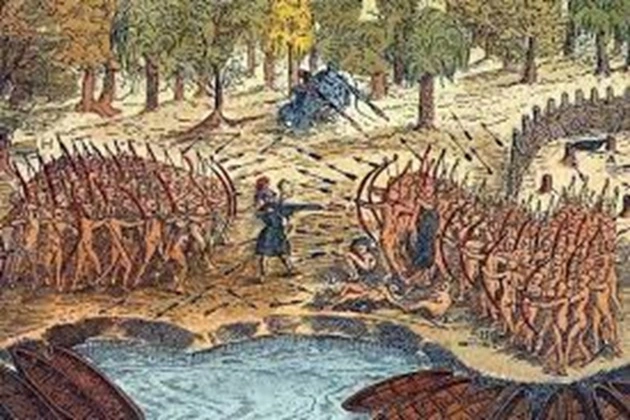
It was a series of conflicts that began in 1640. The Iroquois Confederacy, also known as the “Five Nations,” opposed France and its allies from other local tribes. The reason for the war was hunting grounds rich in beavers and, consequently, their fur.
The battles on the Great Lakes and Ohio continued until 1701. As a result of the Beaver War, some Indian tribes were completely exterminated, and others had to relocate. This upset the balance of power in the region, destroyed social ties among the local population, and allowed Europeans to assimilate the remaining representatives of the indigenous culture quickly.
6. Sengoku period
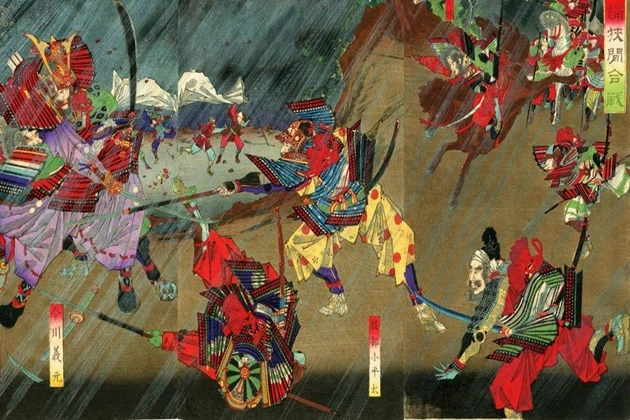
The “Warring Provinces Era” was one of the most turbulent periods in Japanese history. Rival samurai clans fought for power across the country. Feudal lords with powerful and professional armies no longer saw a sufficiently strong and respected central government.
A few decades after beginning the Great Division in 1467, the country was a patchwork quilt consisting of a couple hundred state entities. The Sengoku period ended in 1568 when Oda Nobunaga became the largest military feudal lord and managed to unite most of Japan.
7. Reconquista

The Reconquista is the long process of taking back land that was once Spanish on the Iberian Peninsula. Many new states sprung up on its land when the Eastern Roman Empire fell, but the Arabs quickly took them over. The Reconquista happened for many complicated political and economic reasons. But at its core, it was religious zeal and a desperate need to regain freedom by driving out foreigners.
Since 732, Christian forces have been slowly moving South. Sometimes, it seemed more needed to be achieved at this rate. Nevertheless, step by step, over the centuries, the lands were liberated and united. Finally, in 1492, the Emirate of Granada fell, the last Muslim state on the Iberian Peninsula. The same year, Christopher Columbus discovered the Bahamas, Cuba, and Haiti. Soon, the Reconquista will move overseas to new lands.
8. Roman-Persian Wars
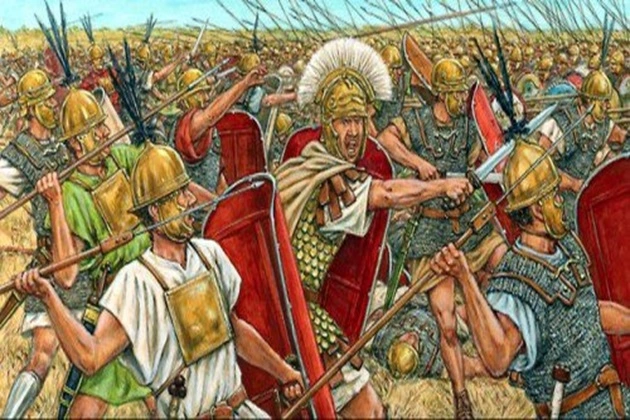
The conflict began with the Roman Republic and Parthia in 53 BC. This is, without a doubt, one of the most protracted military conflicts in our history. It has outlived the states themselves that started it.
The Roman Republic will have time to become an empire and fall apart. The Parthian kingdom would dissolve into the Sassanid Empire, which would continue to fight with Byzantium.
The Great War of the ancient era spread across the region from Transcaucasia in Eastern Europe to Mesopotamia in the Middle East. Despite the chronological and geographical scale, the war ended without a convincing victory for either side. No one gained significant territories or additional influence.
9. Yaqui Wars
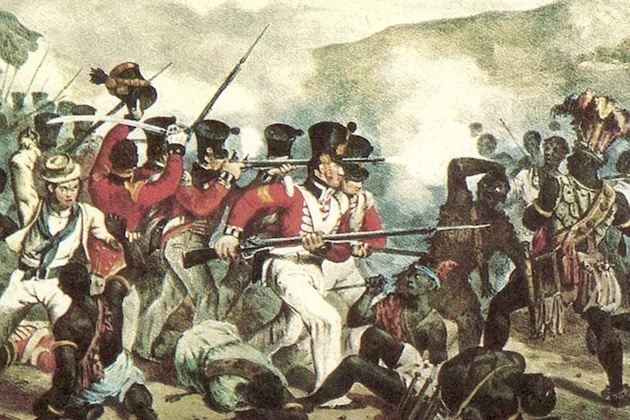
New Spain began a war against the Yaqui Indian people in 1533, and Mexico ended it in 1929. Naturally, it was not a single and continuous war. Conflicts periodically flared up and died out, but their nature remained unchanged.
The Yaqui warriors living in the territory of the modern state of Sonora demanded independence and were ready to defend it with weapons in their hands. The Spanish armed forces and private armies were used against the Yaks.
Scorched earth tactics and intimidation were used through brutal and demonstrative executions. Many Yaks died, and others were forced to move to Arizona. Now, their reservations have a system of illegal immigration from Mexico to the United States.




